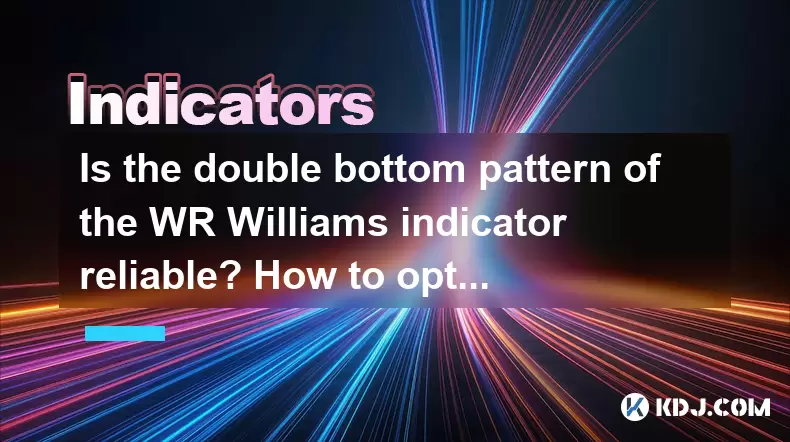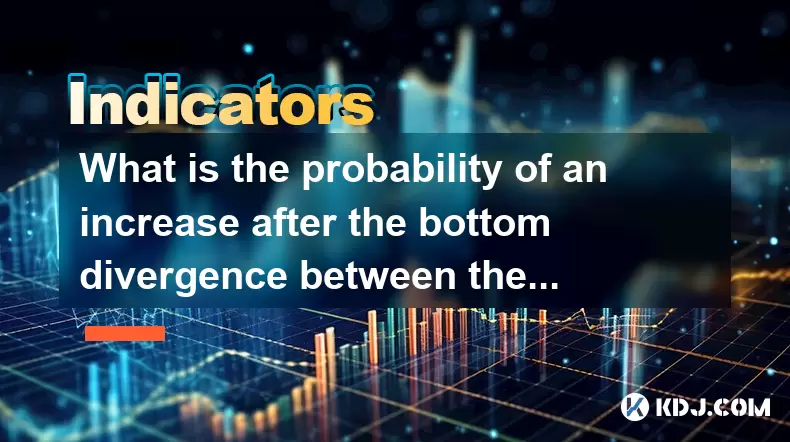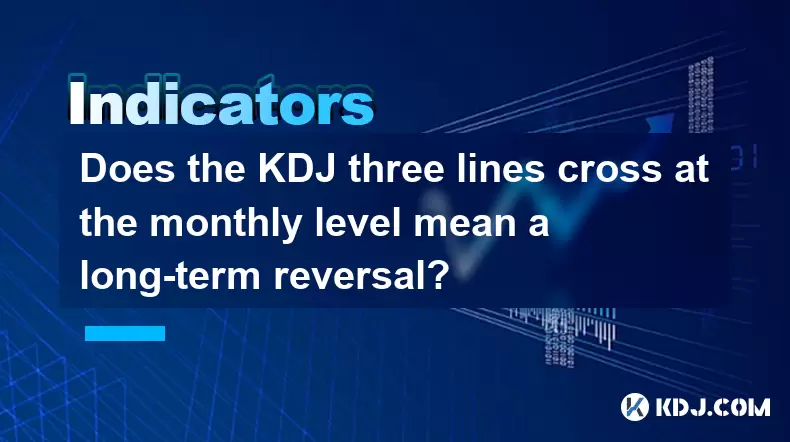-
 Bitcoin
Bitcoin $115600
-2.26% -
 Ethereum
Ethereum $3679
0.87% -
 XRP
XRP $3.060
-2.89% -
 Tether USDt
Tether USDt $1.000
-0.03% -
 BNB
BNB $768.9
0.33% -
 Solana
Solana $178.7
-3.54% -
 USDC
USDC $1.000
0.01% -
 Dogecoin
Dogecoin $0.2278
-3.25% -
 TRON
TRON $0.3145
0.98% -
 Cardano
Cardano $0.7910
-1.72% -
 Hyperliquid
Hyperliquid $42.79
0.11% -
 Stellar
Stellar $0.4165
-2.64% -
 Sui
Sui $3.717
0.12% -
 Chainlink
Chainlink $17.91
-0.34% -
 Bitcoin Cash
Bitcoin Cash $539.3
4.27% -
 Hedera
Hedera $0.2437
1.17% -
 Avalanche
Avalanche $23.48
-0.85% -
 Litecoin
Litecoin $113.7
1.45% -
 UNUS SED LEO
UNUS SED LEO $8.975
-0.27% -
 Shiba Inu
Shiba Inu $0.00001356
-0.16% -
 Toncoin
Toncoin $3.125
-1.21% -
 Ethena USDe
Ethena USDe $1.001
-0.03% -
 Uniswap
Uniswap $10.24
1.62% -
 Polkadot
Polkadot $3.988
0.04% -
 Monero
Monero $325.0
1.72% -
 Dai
Dai $1.000
0.00% -
 Bitget Token
Bitget Token $4.490
-1.48% -
 Pepe
Pepe $0.00001219
-2.80% -
 Aave
Aave $292.1
2.03% -
 Cronos
Cronos $0.1288
1.81%
Le motif à double fond de l'indicateur WR Williams est-il fiable? Comment optimiser les seuils de surachat et de survente?
Le motif à double fond WR Williams, lorsqu'il est combiné avec des seuils optimisés et une action des prix, peut signaler des inversions optimistes potentielles dans les crypto-monnaies comme BTC ou ETH.
Jun 15, 2025 at 04:28 pm

Comprendre l'indicateur WR Williams et son motif à double fond
L' indicateur WR Williams , également connu sous le nom de Williams% R , est un oscillateur de momentum utilisé pour identifier les conditions de surachat et de survente sur le marché. Il varie de 0 à -100, avec des lectures supérieures à -20, généralement considérées comme sureffectées et inférieures à -80, considérées comme survente . Le motif à double fond apparaît lorsque l'indicateur forme deux bas distincts autour de la région de survente (-80 ou plus bas), suggérant des signaux d'inversion haussiers potentiels.
Les commerçants comptent souvent sur ce modèle pour repérer les opportunités d'achat après une tendance à la baisse. Cependant, sa fiabilité dépend fortement du contexte du marché, du délai et de la façon dont les seuils sont fixés. Le motif à double fond peut parfois produire de faux signaux, en particulier lors de forts marchés de tendance où le prix continue de se déplacer malgré des inversions apparentes dans l'indicateur.
Comment identifier le motif à double fond dans WR Williams
Pour interpréter correctement le modèle à double fond en utilisant l'indicateur WR Williams, les traders doivent suivre ces étapes:
- Recherchez l'indicateur pour baisser en dessous de -80, entrant dans la zone de surolve .
- Observez un rebond vers le haut, suivi d'une autre baisse qui ne tombe pas considérablement en dessous du creux précédent.
- Confirmez que les deux bas sont à proximité (généralement en quelques points de pourcentage).
- Assurez-vous que le deuxième rebond traverse au-dessus d'un niveau de résistance de clé formé par le swing précédent élevé dans l'indicateur.
Ce modèle suggère d'affaiblir l'élan baissier et une accumulation possible par les acheteurs. Cependant, il est essentiel de le combiner avec l'action des prix et l'analyse du volume pour confirmer la validité. S'appuyer uniquement sur le double fond WRIAMS WRAMS sans filtres supplémentaires peut entraîner des signaux trompeurs.
Évaluation de la fiabilité du signal à double fond
La fiabilité du motif à double fond dans l'indicateur WR Williams varie en fonction de plusieurs facteurs:
- Conditions du marché : sur les marchés de la direction ou de latéraux, le double fond a tendance à être plus fiable. Dans les marchés de tendance, en particulier pendant les mouvements d'ours forts, le modèle peut échouer fréquemment.
- Temps de délai : des délais plus élevés comme le graphique de 4 heures ou quotidien ont tendance à donner des modèles plus forts et plus clairs par rapport aux délais plus courts tels que les cartes de 5 minutes ou 15 minutes.
- Type d'actif : les crypto-monnaies sont très volatiles et sujettes à des pointes et des gouttes soudaines. Par conséquent, le même schéma peut se comporter différemment dans différents actifs comme Bitcoin (BTC) par rapport à Ethereum (ETH) ou Altcoins.
Il est crucial de retirer le modèle contre les données historiques pour évaluer ses performances. De nombreuses plateformes de trading permettent aux utilisateurs d'appliquer des scripts ou de passer en revue manuellement les graphiques antérieurs pour évaluer la fréquence à laquelle le double fond a conduit à des transactions réussies.
Optimisation des seuils de surachat et de survente
Les paramètres par défaut pour l'indicateur WR Williams utilisent généralement -20 comme surachat et -80 comme survente . Cependant, dans le trading des crypto-monnaies, la volatilité peut provoquer des faux signaux fréquents si ces niveaux ne sont pas ajustés en conséquence.
Voici comment optimiser efficacement ces seuils:
- Ajuster en fonction de la volatilité des actifs : des crypto-monnaies plus volatiles peuvent nécessiter des seuils plus larges. Par exemple, l'utilisation de -10 et -90 au lieu des -20 et -80 standard pourrait réduire le bruit et améliorer la précision du signal.
- Utilisez des seuils dynamiques : certains traders avancés utilisent des méthodes adaptatives où les seuils changent sur la base des calculs récents de volatilité ou d'écart type.
- Combinez avec d'autres indicateurs : superposer les moyennes mobiles ou utiliser des bandes de Bollinger aux côtés de WR Williams peut aider à filtrer les fausses éruptions à proximité des zones de surabondance / survente.
Tester différentes combinaisons de seuils par des tests de backtesting ou des tests à terme est vital. Les commerçants devraient expérimenter les valeurs et observer comment chaque réglage affecte la fréquence commerciale et le taux de victoire avant de finaliser leur stratégie.
Étapes pratiques pour échanger en utilisant la configuration optimisée de WR Williams
Une fois que vous avez identifié le motif à double fond et optimisé vos seuils de surachat / survente, voici comment exécuter un métier:
- Confirmez la formation à double fond sur l'indicateur WR Williams.
- Attendez un prix se fermer au-dessus de l'encolure tirée entre les deux bas pour éviter les entrées prématurées.
- Placez un stop-loss juste en dessous du deuxième fond pour gérer les risques.
- Fixez un objectif à but lucratif en fonction des fluctuations de prix récentes ou des extensions de Fibonacci.
- Surveillez les modèles de volume et de chandelier pour assurer la confirmation de l'inversion des tendances.
Il est important de noter que tous les doubles fond ne conduiront pas à des transactions rentables. La discipline dans les règles d'entrée suivantes et la bonne gestion des risques est cruciale. Évitez de chasser les configurations et respectez toujours les critères prédéfinis.
Questions fréquemment posées
Le motif à double fond WR Williams peut-il être utilisé sur n'importe quelle crypto-monnaie?
Oui, le motif à double fond WR Williams peut être appliqué à n'importe quel tableau de crypto-monnaie. Cependant, les résultats peuvent varier en raison des différences de volatilité, de liquidité et de sentiment du marché entre les différentes pièces de monnaie.
Est-il nécessaire d'ajuster les niveaux de surachat / survente pour chaque métier?
Alors que les niveaux de défaut fonctionnent dans certains scénarios, l'ajustement des seuils de surachat et de survente en fonction du comportement actuel du marché de l'actif échangé peut améliorer la précision et réduire les faux signaux.
L'indicateur WR Williams fonctionne-t-il mieux sur certains délais?
L'indicateur WR Williams fonctionne généralement mieux sur des délais plus élevés comme les cartes de 4 heures ou quotidiennes. Ces délais fournissent des signaux plus fiables par rapport aux délais plus basses qui sont plus sensibles au bruit.
Puis-je combiner l'indicateur WR Williams avec les moyennes mobiles?
Absolument. La combinaison de l' indicateur WR Williams avec des moyennes mobiles, telles que la SMA de 50 périodes ou 200 périodes, peut aider à filtrer les faux signaux et à améliorer la qualité des échanges en alignant les transactions avec la tendance globale.
Clause de non-responsabilité:info@kdj.com
Les informations fournies ne constituent pas des conseils commerciaux. kdj.com n’assume aucune responsabilité pour les investissements effectués sur la base des informations fournies dans cet article. Les crypto-monnaies sont très volatiles et il est fortement recommandé d’investir avec prudence après une recherche approfondie!
Si vous pensez que le contenu utilisé sur ce site Web porte atteinte à vos droits d’auteur, veuillez nous contacter immédiatement (info@kdj.com) et nous le supprimerons dans les plus brefs délais.
-
 RYU Échangez maintenant
RYU Échangez maintenant$0.0...08610
123.21%
-
 HYPER Échangez maintenant
HYPER Échangez maintenant$0.5283
21.02%
-
 SPK Échangez maintenant
SPK Échangez maintenant$0.1286
19.59%
-
 DIA Échangez maintenant
DIA Échangez maintenant$0.9903
19.29%
-
 NMD Échangez maintenant
NMD Échangez maintenant$13
10.81%
-
 ENA Échangez maintenant
ENA Échangez maintenant$0.5400
10.06%
- Token6900: La prochaine Big Meme Coin? La prévente se réchauffe!
- 2025-07-26 05:30:35
- Évaluation en petits groupes ONDO: baleines, portefeuilles, et quelle est la prochaine étape?
- 2025-07-26 05:30:35
- Le mois le plus fort de Kaspa a révélé: les nouveaux data choquaient les commerçants KAS!
- 2025-07-26 04:30:12
- Révolution des paiements transfrontaliers: stablecoins et fournisseurs de paiement menant les frais
- 2025-07-26 04:50:12
- HEDERA (HBAR) Rockets après Robinhood Listing: Prix Surge and What’s Next
- 2025-07-26 06:10:11
- Microbitcoin (MBC) sur Coinstore: révolutionner les micro-paiements avec tokenisation de couche 2
- 2025-07-26 06:10:11
Connaissances connexes

Qu'est-ce que cela signifie lorsque le prix perdure la moyenne mobile de 60 jours avec un grand volume mais se rétrécit le lendemain?
Jul 26,2025 at 06:01am
Comprendre la moyenne mobile de 60 jours dans le trading des crypto-monnaies La moyenne mobile de 60 jours (60DMA) est un indicateur technique largeme...

Qu'est-ce que cela signifie lorsque le prix perdure la moyenne mobile de 30 jours et s'accompagne d'un grand volume?
Jul 26,2025 at 03:35am
Comprendre la moyenne mobile de 30 jours dans le trading des crypto-monnaies La moyenne mobile (MA) de 30 jours est un indicateur technique largement ...

Qu'est-ce que cela signifie lorsque la barre MACD passe du négatif au positif?
Jul 26,2025 at 05:01am
Comprendre l'indicateur MACD dans le trading des crypto-monnaies La divergence de convergence moyenne mobile (MACD) est un outil d'analyse tec...

La croix dorée des trois lignes KDJ au niveau de la ligne annuel indique-t-elle un tournant dans le grand cycle?
Jul 26,2025 at 01:35am
Comprendre l'indicateur KDJ dans le trading des crypto-monnaies L' indicateur KDJ est un oscillateur de momentum largement utilisé dans l'...

Quelle est la probabilité d'une augmentation après la divergence inférieure entre l'indicateur KDJ et le volume de trading?
Jul 26,2025 at 01:29am
Comprendre l'indicateur KDJ et son rôle dans l'analyse technique L' indicateur KDJ est un oscillateur de momentum largement utilisé dans l...

Les trois lignes KDJ se croisent-elles au niveau mensuel signifie un renversement à long terme?
Jul 26,2025 at 06:07am
Comprendre l'indicateur KDJ dans le trading des crypto-monnaies L' indicateur KDJ est un oscillateur d'élan largement utilisé dans l'a...

Qu'est-ce que cela signifie lorsque le prix perdure la moyenne mobile de 60 jours avec un grand volume mais se rétrécit le lendemain?
Jul 26,2025 at 06:01am
Comprendre la moyenne mobile de 60 jours dans le trading des crypto-monnaies La moyenne mobile de 60 jours (60DMA) est un indicateur technique largeme...

Qu'est-ce que cela signifie lorsque le prix perdure la moyenne mobile de 30 jours et s'accompagne d'un grand volume?
Jul 26,2025 at 03:35am
Comprendre la moyenne mobile de 30 jours dans le trading des crypto-monnaies La moyenne mobile (MA) de 30 jours est un indicateur technique largement ...

Qu'est-ce que cela signifie lorsque la barre MACD passe du négatif au positif?
Jul 26,2025 at 05:01am
Comprendre l'indicateur MACD dans le trading des crypto-monnaies La divergence de convergence moyenne mobile (MACD) est un outil d'analyse tec...

La croix dorée des trois lignes KDJ au niveau de la ligne annuel indique-t-elle un tournant dans le grand cycle?
Jul 26,2025 at 01:35am
Comprendre l'indicateur KDJ dans le trading des crypto-monnaies L' indicateur KDJ est un oscillateur de momentum largement utilisé dans l'...

Quelle est la probabilité d'une augmentation après la divergence inférieure entre l'indicateur KDJ et le volume de trading?
Jul 26,2025 at 01:29am
Comprendre l'indicateur KDJ et son rôle dans l'analyse technique L' indicateur KDJ est un oscillateur de momentum largement utilisé dans l...

Les trois lignes KDJ se croisent-elles au niveau mensuel signifie un renversement à long terme?
Jul 26,2025 at 06:07am
Comprendre l'indicateur KDJ dans le trading des crypto-monnaies L' indicateur KDJ est un oscillateur d'élan largement utilisé dans l'a...
Voir tous les articles




























































